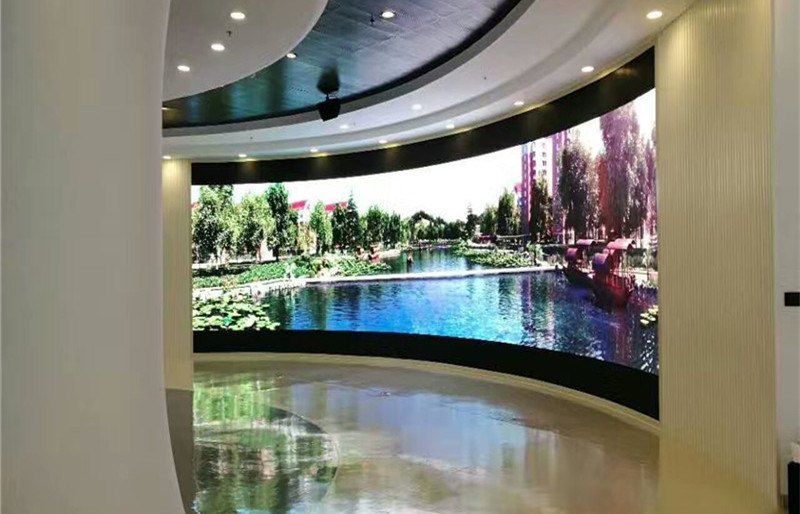No products in the cart.
Business news
The influence of LED lamps on the quality of full-color LED display screens
Everyone knows that full-color LED display screens are composed of LED lamps in three colors: red, green, and blue. LED lamps are the most important raw material for LED screens, and the quality of LED lamps directly determines the quality and display ability of the LED screen. Choosing different LED beads will result in varying brightness, color, and lifespan of the LED screen.
For full-color LED displays, LED beads are the most critical component, and the quality of LED beads plays a crucial role in determining the quality of LED displays.
Firstly, Nationstar leds are the most commonly used in the entire LED full-color display, with thousands or even tens of thousands of LED beads per square meter.
Finally, LED beads directly determine the performance and color saturation and clarity of full-color LED displays.
The important indicators of LED bead quality mainly include:
1、 Full color LED display brightness
The brightness of LED beads determines the brightness of full-color LED displays. The higher the brightness of LED beads, the greater the margin of current usage, which is beneficial for saving power and maintaining the stability of LED beads. LED beads have different angle values. When the chip brightness is set, the smaller the angle, the brighter the LED, but the smaller the viewing angle of the display screen. Generally, LED beads at 100-110 degrees should be selected to ensure sufficient viewing angle for full-color LED displays.
2、 Full color LED display screen failure rate
LED display screens are composed of tens of thousands or even hundreds of thousands of red, green, and blue LED beads. The failure rate of lamp beads will not exceed one in ten thousand even after aging for 72 hours.
3、 Attenuation characteristics of full-color LED display screens
The brightness of LED beads will gradually decay with increasing usage time. The attenuation rate of LED bead brightness is related to LED chips, auxiliary materials, and packaging processes to a certain extent. Generally speaking, after a 1000 hour, 20 milliampere ambient temperature illumination test, the attenuation of red LED beads should be less than 7%, and the attenuation of blue and green LED beads should be less than 10%. The consistency of red, green, and blue attenuation has a significant impact on the white balance of full-color LED displays in the future, which in turn affects the display fidelity of the display screen.
4、 LED display screen anti-static ability
Due to the fact that LED beads are semiconductor devices and are sensitive to static electricity, they are prone to electrostatic failure. Therefore, anti-static ability is crucial for the lifespan of LED displays. Generally speaking, the failure voltage of the human electrostatic mode test for LED beads should not be lower than 2000V.

